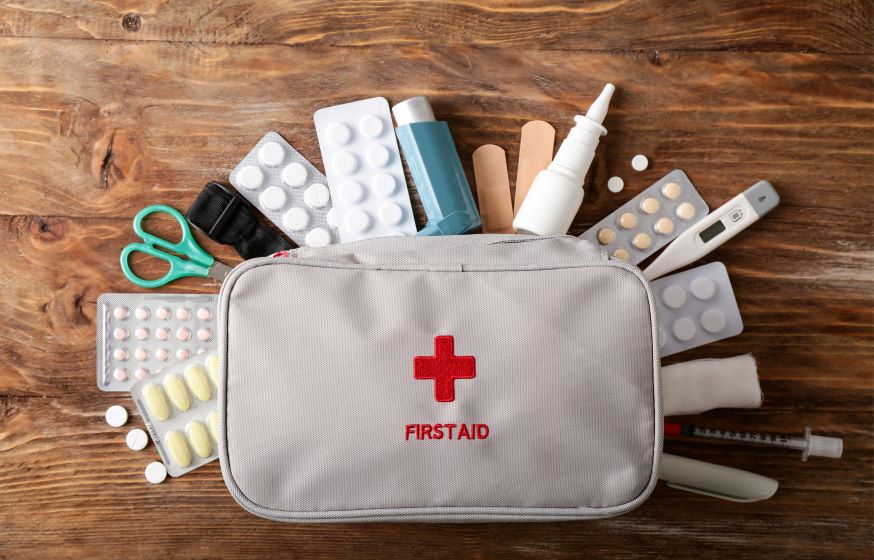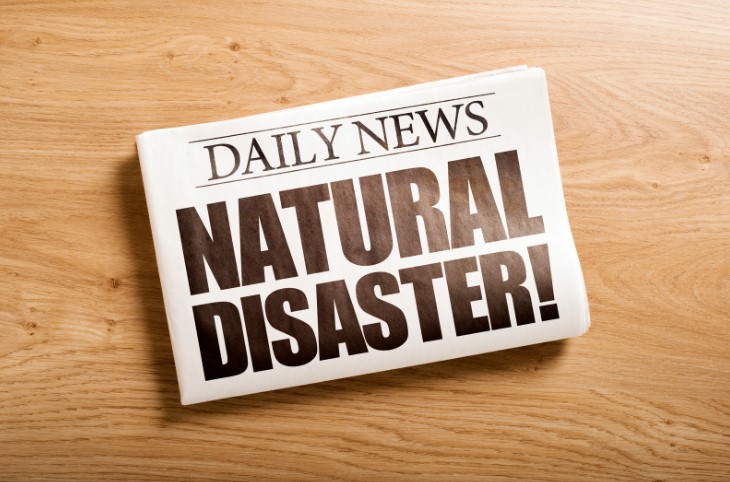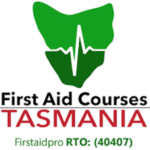The elderlies are more vulnerable to accidents and injuries, which in most cases, require immediate first aid assistance.
Understanding basic first aid interventions for the elderly can help you prepare for possible emergencies.
Senior First Aid Care
As the person ages, the physiology also changes, making you more vulnerable to accidents and other medical conditions. The changes may include eyesight deterioration, thinning of the skin, and less mobility for the bones. In short, older adults have generally become more susceptible to injuries.
Understanding these changes is the first step in managing first aid emergencies involving the elderly. It is important that we recognise the facts and make extra efforts to keep them healthy.
Additionally, it is vital to be mindful of the common hazards that frequently lead to senior injuries.
The Basics Of First Aid For The Elderly
Older people tend to have different needs – some are more vulnerable and will require utmost care and attention when they are in pain or distress.
Here are different ways to address common injuries amongst the elderly.
First Aid For Cuts:
Older people are more prone to cuts and scratches due to thinning of the skin. Their outermost layer of the skin is not as though it once was, making it longer to heal and recover.
For superficial cuts, wash it immediately with soap and clean water and apply an antibiotic ointment to relieve swelling. Cuts and scrapes in seniors often heal faster without applying band-aids. But for deep cuts that are continuously bleeding, place a sterile bandage and apply pressure until the bleed stops.
If the bleeding did not stop and there are possible symptoms of shock, call triple zero (000).
First Aid For Bruising:
Elderlies tend to bruise quite easily due to significant loss of fatty layer in the skin that once protected the capillaries. Taking regular medications (such as blood thinners, etc.) and other risk factors for falls are the major contributors to bruising in seniors.
When bruising occurs, use a cold compress on the area and wrap a towel over the skin. Secure the towel and cold packs in place without causing pain or discomfort to the elderly.
First Aid For Falls:
There are many contributing factors to senior falls, such as age, vision problems, balance difficulties, and general weakness in the lower body.
For minor falls, assess the elderly and help them find a comfortable position. Elevate the injured part of the body to ensure that all minor bumps and bruises are addressed and treated. Apply the RICE method – rest, (apply)) ice, compression, and elevate.
However, for major falls resulting in broken bones and fractures, immediately call for emergency medical assistance.
First Aid For Breathing Difficulties:
Knowing how to perform CPR is vital, especially for unexpected cardiac arrest in seniors.
First aid steps for sudden cardiac arrest involve using both hands on top of the other and pressing firmly on the elder’s breastbone (compression). Make sure to check if the chest rises as a sign of release.
Call Triple Zero (000) and continue with the chest compressions while waiting for emergency care to arrive.
Conclusion
There are serious accidents involving seniors that could definitely fall into our emergency preparedness plan.
Remember that proper first aid training save lives and prevents minor injuries from developing into something major. First aid also helps reduce the pain and scarring of open wounds.
With proper first aid training, you will know what warning signs to look for and how interventions are important when caring for seniors.
Ensuring you are competent and confident in performing first aid is vital for the well-being of the elderly.
Enrol in a first aid course to learn more.








